In November 2021, the 26th UN Climate Change Conference took place in Glasgow, Scotland. Leaders from across the globe gathered to share insights and ideas and negotiated around climate-related contentions. ASI recently caught up with Ashoke Mohanraj, Environmental Advisor for the RCMP and the Director of Programming for the United Nations Association in Canada (Toronto), who represented Canada as a youth delegate this year. He shared his reflections on the conference and its implications for Canada’s transition to a low-carbon economy, as well as how he views leadership and the role of youth. Here are some highlights:
COP Conferences: What should we be looking out for?
The effectiveness of climate conferences is often a topic of debate with concerns around the ability of leaders to uphold their commitments. Nevertheless, they are widely publicized events that allow a diverse array of political figures, public servants, and advocators to gather around a common purpose – combating climate change. It is an opportunity for knowledge sharing, target setting and awareness building which leaders can take back to their respective organizations to drive sustainability transitions at the local level. According to Ashoke, the public should be keen to pay attention to the details of negotiations as opposed to flashy headlines. He noted exciting negotiations around Article 6 of the Paris Agreement regarding a global carbon trading market, through which companies would be required to pay to pollute. Details around how carbon offsets should be leveraged for meeting emissions reductions targets, the best central platform for global trading and viable non-market mechanisms are critical to understand. Mohanraj believes carbon offsets are not the most effective solution for meeting national emissions reductions targets, however, can help facilitate Canada’s transition to a low-carbon economy.
Driving Action: Leaders that Stand for ‘The One’
Leaders are faced with complex, ambiguous, intersectional challenges in their work which can make the end goal feel unattainable. Reflecting on his experiences, Monhanraj noted the fine balance between optimism and pragmatism. He highlighted the responsibility of leaders to remain optimistic and ambitious in their targets while working towards what is attainable. The global pledge to bring temperatures to 1.5C above pre-industrial levels is an aggressive target, but leaders should focus on driving change in smaller pieces such as adaptation and resilience, says Mohanraj. Ashoke went on to note that a good leader stands for the integrity of the planet and people. In his work, he has found himself slowing down projects to allow for the proper consideration of environmental implications. While halting a project for the protection of one tree may not make sense in many industries, leaders have the responsibility to understand the big picture. This entails a systems-thinking mindset, a values-based orientation, and a willingness to advocate accordingly. Leadership is also fostered at the local level, as noted by Ashoke, who recognizes the importance of grassroots movements. According to him, the power of the public lies in our vote. Reflecting on his experiences interacting with local leaders at COP, he has come to view local politicians as attainable by the public and a voice that works for the public. All of us can take a stand for environmental and social integrity by reaching out to local leaders and leveraging their platform to raise climate concerns which is critical for driving action.
Advice for Young Leaders: The Power of One
When asked about advice he would give to up-and-coming leaders, Ashoke provided three key insights. Education and awareness are the first and most critical pieces for informing good leadership, he says. Climate change is an intersectional issue that engages every sector from health to finance, and the role of sustainability across industries is rapidly changing. It is important to stay abreast of new developments by following local leaders on social media and keeping up with news media, particularly as it relates to the areas where you aspire to create impact. Next, Mohanraj believes our personal choices should reflect our values and awareness. Making sustainable lifestyle choices can induce large-scale change, and this mindset is necessary for leading transitions. In addition to the power of our choices, Ashoke reinforces the power of our vote and notes that he is inspired to engage with local leaders himself. Young leaders should know that one choice, one vote and one conversation can create a ripple effect of change.
Leadership is Learned
Ultimately, the ASI community walked away from the conversation feeling inspired and more knowledgeable about COP26 and its implications for Canada. Reflecting on the kind of leadership we need to steer sustainability transitions, three key themes that arise are optimism, boldness, and authenticity. Leaders who can embody these values in their thinking are well equipped to drive environmental and social change. Being in conversation with Ashoke made it apparent to me that these are not innate characteristics but rather a choice we can all make if we desire to be leaders in the spaces that we find ourselves in. This choice surpasses boundaries of age, academic background, and professional experience. I am confident in the ability of youth and young adults to drive innovation, and I hope more opportunities like COP26 are made available for them to learn from- and be heard by the leaders of today.
ASI Network is a live conversation series hosted by Joanna Sugunathazan, ASI Research and Program Officer, and co-created with diverse industry changemakers who are leading the transition to a sustainable, socially equitable economy.
Watch the full webinar* or view the recording below:
*The views and opinions expressed during our webinars are not necessarily reflective of our organization. ASI does not guarantee the accuracy or reliability of the information provided herein.


